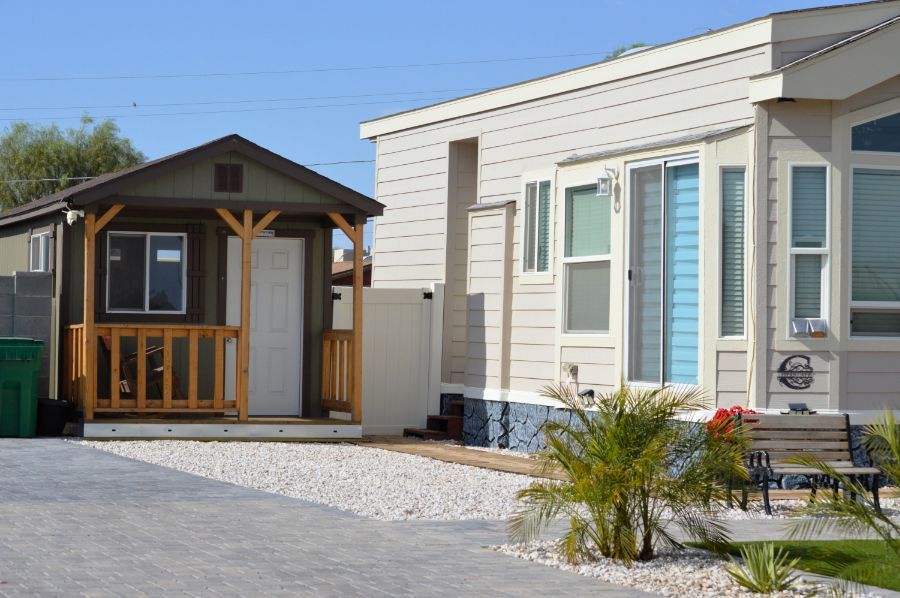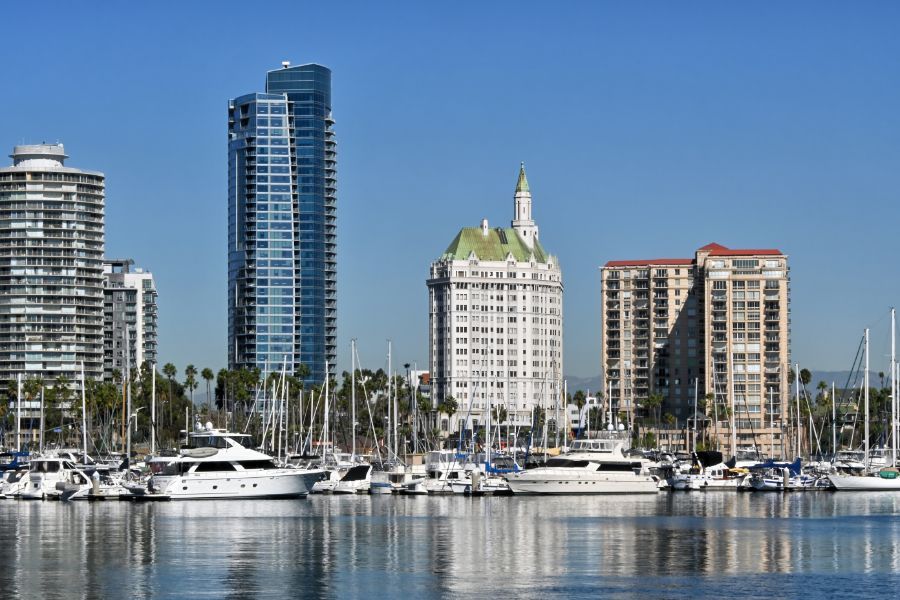Is a Rental ADU The Right Structure to Build?

Accessory Dwelling Units (ADUs) have become increasingly more common in Long Beach, CA, especially in suburban areas where demand for housing is increasing. For new and experienced landlords alike, the question becomes whether building an ADU is right for your property.
Today, we’ll evaluate both sides, offering landlords the information needed to determine whether a rental ADU is a fitting investment.
Building and Renting an ADU
The primary benefit of ADUs is supplemental rental income; however, ADU rental prices can vary based on location, size, and configuration. Depending on the ADU build, you can earn on average between $1,800 $2,600. This additional income can significantly offset the mortgage or provide a consistent additional cash flow. The investment spent in building an ADU isn’t lost; this capital gets added to the value of your property, potentially making it more desirable to future investors. The increase in value comes from the additional living space as well as a potential source of revenue for prospective buyers.
Additionally, ADUs provide flexibility in how they can be used. In most situations, the ADU is rented with a long-term lease while the homeowner lives in the
primary residence on the property. However, there is an option for the owner to live in the ADU and rent the main home. If this is the option you’ve opted for, you can also list the primary home as a short-term rental on apps like Airbnb. While this may require you to invest more time into maintenance, some can find it’s worth it for the additional income.
Challenges of an ADU
The primary drawback of building an ADU is the initial investment. In Southern California, the construction of an ADU can cost in the range of $250 to $500 per square foot, depending on materials and design. It's not uncommon for ADUs to end up costing over $120,000 for a new structure. Alternatively, you can convert an existing garage into an ADU, which can make it less expensive overall, though still a significant investment. This upfront cost is what deters many homeowners from building an ADU on their property.
Once a rental ADU is built, the responsibilities continue. Managing an ADU adds to the maintenance demand. Tenants need to be screened and vetted, especially if the landlord lives in the primary residence. Some landlords may not have the resources to manage the additional responsibilities, though a
property management company can help with this.
Key Considerations Before Building
Beyond the upfront cost of building, there are several practical aspects landlords should look out for before committing to building a rental ADU. For example, not every property is appropriate for additional construction. You’ll need adequate space for the structure, access for the construction equipment, and compliance with your local zoning codes. You’ll also have to invest in a designer and architect; a poorly designed unit may need all the required codes yet fail to attract prospective tenants. A functional layout and privacy can reduce turnover rates while making the ADU more appealing. Rental ADUs are a great way to gain experience managing a property, though for those who find it difficult, consider hiring a property management company for your ADU.
A rental ADU can be a practical way for new landlords to dip their toes into real estate without investing in a rental property outright. If properly built and maintained, a rental ADU can increase its bottom line, though it carries substantial upfront costs. If you need help screening prospective tenants for your rental ADU or you need help managing your Beach City rental property, we invite you to call us today at (562) 888-0247 or complete our
Owner Application online.





